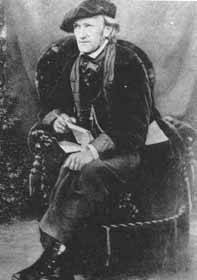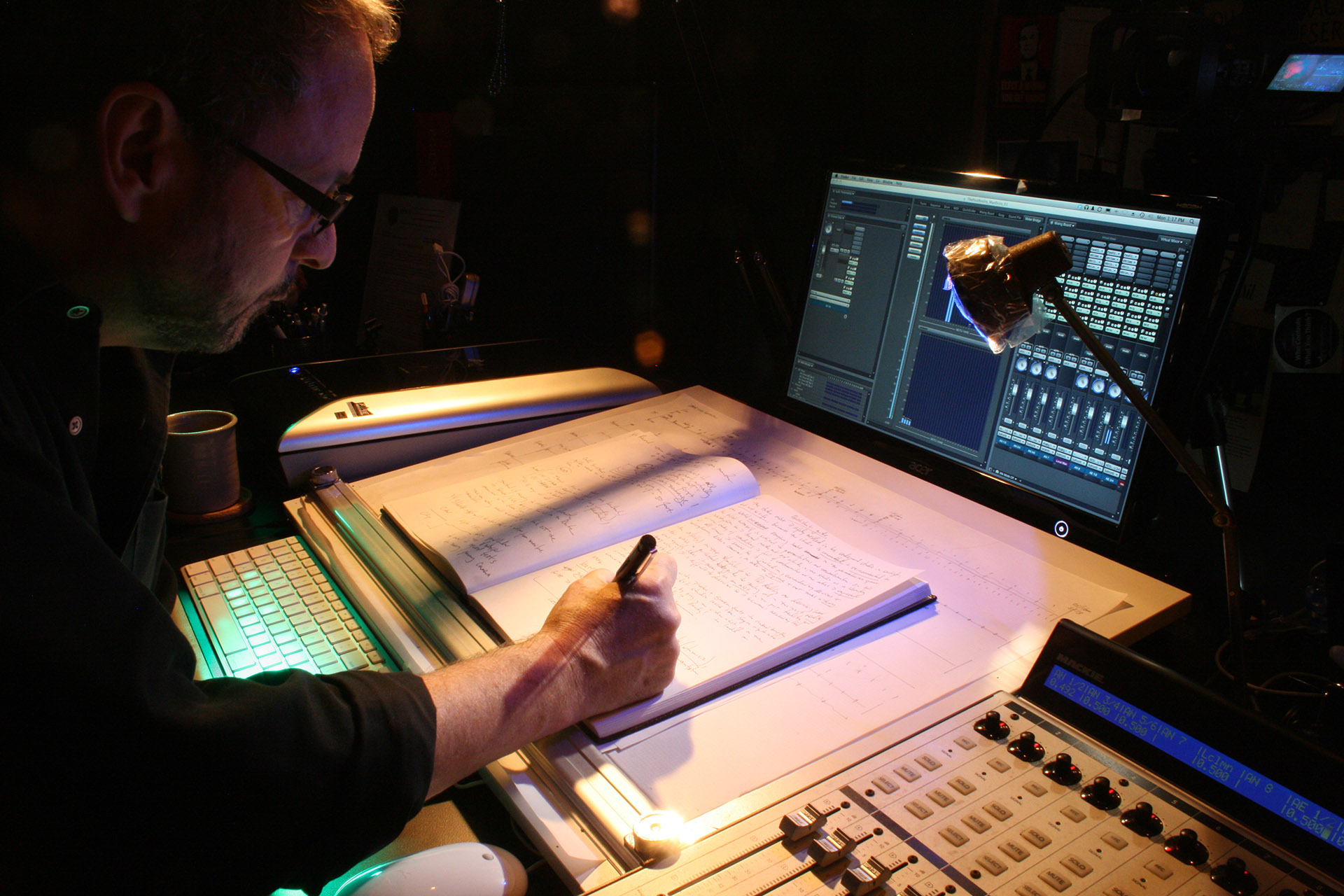Overview
Description
Week 1: January 16 – 22
Review of course objectives, readings, assignments, and grading. An introduction to new media history and theory through a broad timeline of 250 years of historical precedence and pioneering work and ideologies by multimedia artists and scientists. We will review the OSS Getting Started Tutorial for Students, exploring specific techniques and strategies for online research and documentation. In order to work collectively in the OSS Website, we will cover a range of practices for working in the WordPress multi-site. Each student will learn techniques for organizing their work, designing their site, customizing the interface, and making creative use of the OSS database for the creation of collective narrative forms. We will establish user accounts in WordPress and social media sites, and discuss how these tools will be used for creative work, collective blog writing, Web-based research, online documentation, and methods of social media integration.
Assignments
Due next week: January 23
Readings
- Randall Packer and Ken Jordan, “Overture,” Multimedia: From Wagner to Virtual Reality, 2001
- Billy Klüver, “Northeastern Power Failure,” 1966, Multimedia: From Wagner to Virtual Reality
- Billy Klüver, Creative Works of Billy Klüver, Multimedia: From Wagner to Virtual Reality
Research Critique
Write an approximately 300 word summary of the Overture essay, including all six sections. Specifically, how does the essay challenge your understanding of the history and theory of “multimedia” as a concept, genre, and synthesis of media forms in the arts? Had you considered the idea that multimedia has such an long, extended history? Did you find it surprising, for example, to think of opera as a form of multimedia? Describe your assumption of the history of new media, and how the approach of the Overture, as the introduction to Multimedia: From Wagner to Virtual Reality, has altered this pre-conception. Be specific and use examples as discussed in the Overture.
Create this assignment in OSS, illustrating your writing with the addition of relevant media (images, video, etc.) and hyperlinks drawn from the article or sourced from other sites using Google search. Be sure and provide captions for all images, with a brief description and reference from where you found it. I also want everyone to read and comment on one other post.
Here are instructions for the writing assignment:
- Create a new post on your blog incorporating relevant hyperlinks, images, video, etc
- Be sure to reference and quote from the reading Overture to provide context for your critique
- Apply the “Research” category
- Apply appropriate tags
- Add a featured image
- Post a comment on at least one other research post prior to the following class
- Be sure your post is formatted correctly, is readable, and that all media and quotes are DISCUSSED in the essay
Be prepared to synthesize and present your summary for class discussion next week.
Outline
Introductions
Student introductions. Background on my work as a media artist and scholar and approach to New Media History and Theory.
Multimedia: From Wagner to Virtual Reality

Origins of the research, book and Website. The organization of the book chapters according to key concepts: integration, interactivity, hypermedia, immersion, narrativity, and the unwritten chapter, telematics. A brief timeline of the history, emphasizing a broader definition of the history of multimedia that dates back to the prehistoric caves.
New Media History and Theory Overview
Brief review of the course, reading and research critique assignments, artworks for study, hyperessays, grading, attendance, participation, OSS class site, syllabus, OSS student site, and the use of a written journal.
Art of the Networked Practice Online Symposium
An overview of the upcoming Art of the Networked Practice Online Symposium, March 29-31, 2018. This is a unique opportunity for students to participate in an academic symposium that is online and global, with keynotes, Internet artworks, and global roundtable discussions that take place in the third space: the synthesis of the local and remote via the network. The event is produced by the Third Space Network, and co-hosted by ADM, LASALLE College of the Arts, and the School of the Art Institute of Chicago.
Open Source Studio (OSS)

An introduction / workshop overview of Open Source Studio (OSS). We will discuss the key concepts of OSS that are essential to collective research, including: open source thinking; public vs private; the third space; peer-to-peer artistic research; online authoring; and the institutional portfolio. Although most everyone at ADM already has an OSS site, we will discuss methods for making the experience more social, collaborative, and ideal for graduate research.
The OSS Website is used as an essential research tool for organizing, documentation, and retrieving your work. Each OSS student site is part of a network of sites so everyone can see each others work and ideas. In this sense, OSS is a collective space, in which the sharing of ideas and work is essential to your growth as an artist. Most importantly, OSS reinforces the idea that we learn from each other through exposure to each others work.
We will review the following:
- Completing the profile page
- Settings: General – Site title / tag line
- Changing theme: Appearance / Customize
- Creating a post: Editor, images, hyperlinks, categories, tags, featured image
- Each student will write a post that describes briefly where you would begin the history of multimedia, before taking this class. Incorporate an image and hyperlink from that historical starting point, and incorporate into your text.
- Captioning images with description and reference, the example below is created with the image address, which is an optional and sometimes optimal of using images from an online source without downloading (note that you cannot resize the image):

Richard Wagner, Multimedia: From Wagner to Virtual Reality, Randall Packer
Review the use of typography in the edit menu to change font, font color, formats, alignment, quotes, bold/italic, paste as text, etc.
- The blockquote and headings, crucial for quotes and organization of a post
- Navigating between your site and the class site.
- The importance of commenting and critique in OSS. Take a few moments to comment on one another’s posts
- Review the OSS Getting Started for Students tutorial if you have questions
- Contact Vishaka Mantri (vishakamantri@ntu.edu.sg), the OSS Assistant Manager if you need assistance
Be sure you are able to navigate the OSS class site. We will briefly review the site, including the about page, syllabus, project assignments, and recent posts. Each week all assignments are contained in the syllabus, be sure you refer to the assignments section of the syllabus where the following week’s work and reading is assigned. Note that each week of the syllabus is divided into the following: (1) description; (2) assignments; (3) outline (lecture notes).
IMPORTANT: the assignments always refer to the NEXT WEEK. All due dates are posted. Any late assignments are downgraded with points taken off. Each and every assignment is worth a specific number of points.
The Journal
 Although we are focused on electronic media and the use of online tools, the traditional journal is essential to artistic practice and integrates well with the use of all forms of media. It is the ultimate “mobile device,” portable wherever we go, no electricity, plugs, or technology, except a pen and paper. Here is how I want everyone to incorporate the journal into the course:
Although we are focused on electronic media and the use of online tools, the traditional journal is essential to artistic practice and integrates well with the use of all forms of media. It is the ultimate “mobile device,” portable wherever we go, no electricity, plugs, or technology, except a pen and paper. Here is how I want everyone to incorporate the journal into the course:
- Always bring your journal to class, meetings, etc.
- Take regular notes during class, and especially during critiques (not on your computer or phone)
- Each day you begin note taking, date the entry with the month/day/year so it easy to reference
- Take notes in your journal when you are doing the readings and looking at artworks
- I urge you to carry the journal wherever you go and use it, make it your best friend
- You can use the journal for other classes if you like, it doesn’t have to be exclusive to New Media History and Theory. When you work online, reference your journal for ideas, brainstorms, etc.
- The more you give to your journal the more it gives back!
Assignments for Next Week
A review of readings and other assignments for next week